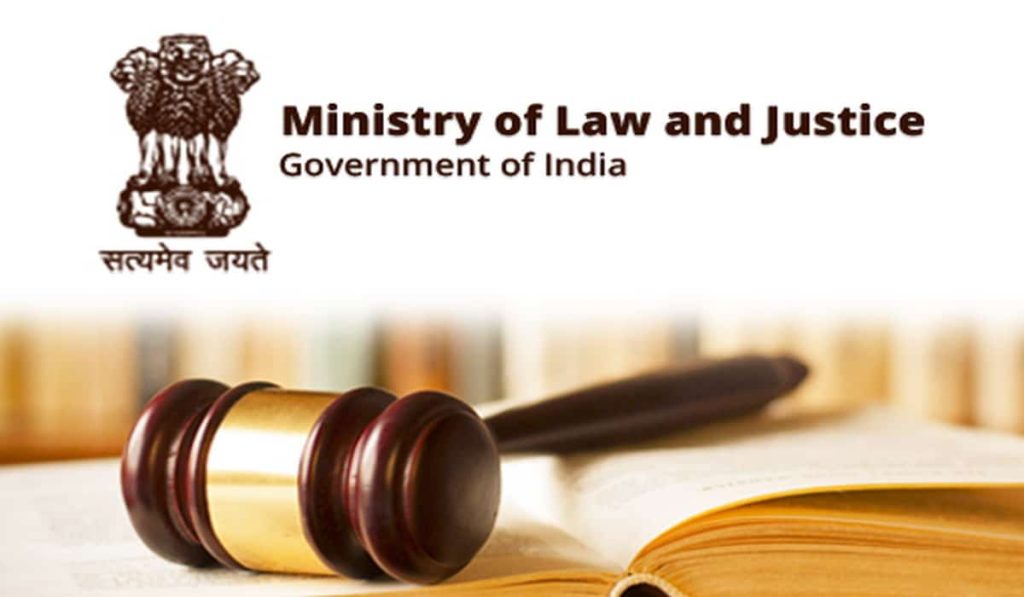Context:
The Parliamentary Standing Committee on Personnel, Grievances, Law, and Justice has proposed a mandatory annual declaration of assets for judges in the Supreme Court and high courts.
Some key recommendations of the Standing Committee:
Regional Benches of the Supreme Court:
- The Committee highlighted a challenge where the Supreme Court, centered in Delhi, creates difficulties for litigants from distant parts of the country.
- It recommended the establishment of regional Supreme Court benches in four or five locations to ensure better access to justice, citing Article 130 of the Constitution.
Note: As per Article 130 of the Indian constitution: The Supreme Court shall sit in Delhi or such other place or places, as the Chief Justice of India may, with the approval of the President, from time to time, appoint.
Social Diversity in Judge Appointments:
- The Committee noted a lack of diversity in the higher judiciary, with underrepresentation of Scheduled Castes, Scheduled Tribes, Other Backward Classes, Women, and Minorities.
- The existing gender disparity, with only 15% of registered advocates being women.
- It suggested that the Supreme Court and High Court Collegiums recommend more candidates from marginalized communities and proposed the collection of data on the social background of serving judges.
Retirement Age for Judges:
- The Committee suggested increasing the retirement age for Supreme Court and High Court judges to align with medical advances and increased life expectancy.
- It recommended introducing a system for performance appraisal and health evaluation by the Supreme Court Collegium before extending a judge’s tenure.
Mandatory Declaration of Assets:
- Noting the absence of a requirement for judges to disclose their assets, the Committee recommended a new law mandating higher judiciary judges to submit annual property returns to the appropriate authority.
- Emphasize that this disclosure is crucial for building trust and credibility in the judiciary.
Vacations in the Supreme Court and High Courts:
- The Committee addressed the issue of simultaneous vacations leading to the closure of the higher judiciary for several months.
- It proposed individual judges take leave at different times throughout the year to address case pendency and ease the inconvenience faced by litigants.
Annual Reports of High Courts:
- Emphasizing the importance of annual reports for assessing institutional performance, the Committee recommended that all High Courts publish their annual reports.
Other issues in the Indian Judiciary:
| Issues in the Indian Judiciary | Description |
| Inadequate Physical and Digital Infrastructure | Shortage of courtrooms, basic facilities, and parking spaces causing overcrowding and delays in legal procedures.· Need for digital infrastructure for virtual hearings, especially highlighted during the Covid-19 pandemic.· Limited live streaming of court proceedings, excluding specific case categories. |
| Limited Use of Alternative Dispute Resolution (ADR) | Not fully utilizing alternative dispute resolution mechanisms such as mediation and arbitration, adds to the workload of the courts. |
| Recruitment Delays | The slow process of filling judicial vacancies leads to an insufficient judge-to-population ratio.· High courts have nearly 400 vacancies, and around 35% of the vacancies are in the lower judiciary. |
Improvements required:
| Improvements required | Description |
| Strengthen E-Court System | Implement a strong e-court system for digital records, online filing, e-summons, and video conferencing during hearings. |
| Transform Appointment System | Ensure timely filling of judicial vacancies, set clear appointment timelines, and explore the possibility of implementing All India Judicial Services (AIJS). |
| Case Management Software | Develop software to track the progress of cases, automate tasks, and enhance coordination among different stakeholders involved in the legal process. |
| Data Analytics and Case Prediction | Utilize data analytics and artificial intelligence to predict case outcomes, assisting judges in making well-informed decisions. |
| Public Legal Education | Launch awareness programs to educate citizens about legal matters, empowering them with knowledge and potentially reducing unnecessary litigation. |
| Citizen Feedback Mechanism | Establish a system for collecting feedback from citizens to identify areas for improvement in the judicial process and enhance public satisfaction. |
Thus, judicial reform is paramount for a fair, efficient, and accessible legal system. It ensures transparency, timely justice, and public trust. By addressing structural deficiencies, embracing technology, and promoting diversity, judicial reform not only upholds the rule of law but also safeguards citizens’ rights, fostering a just society.

